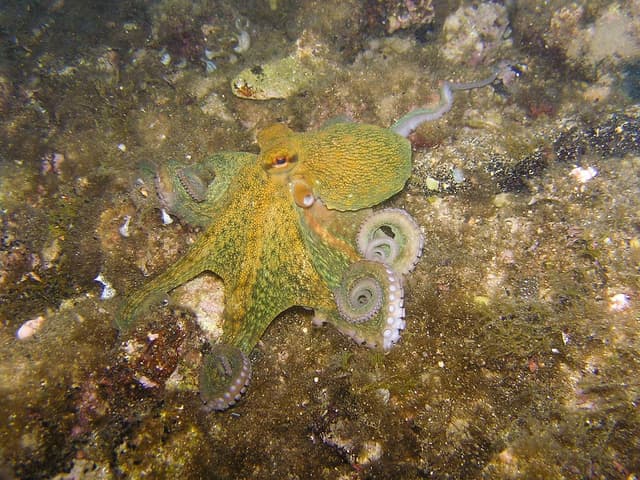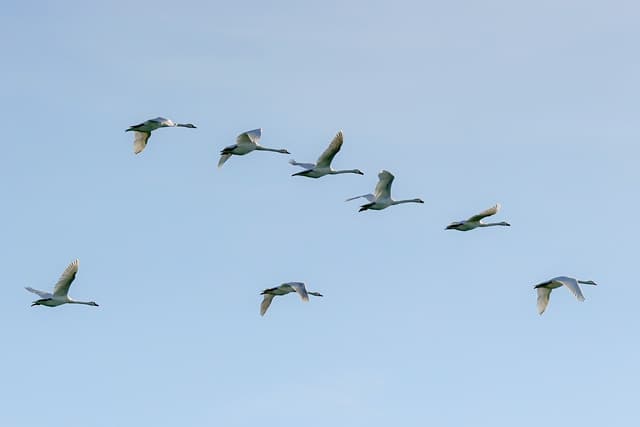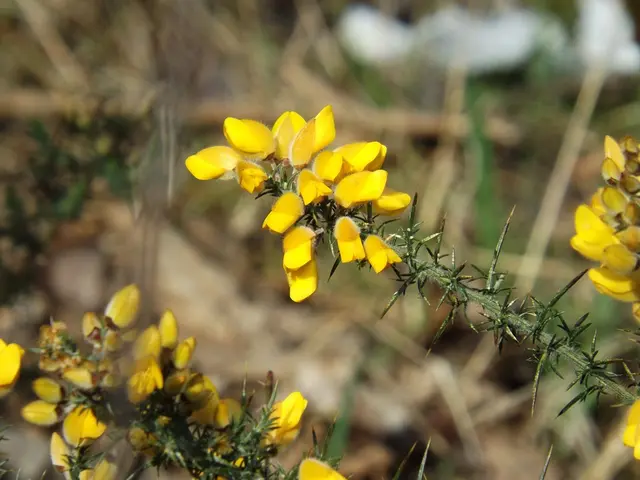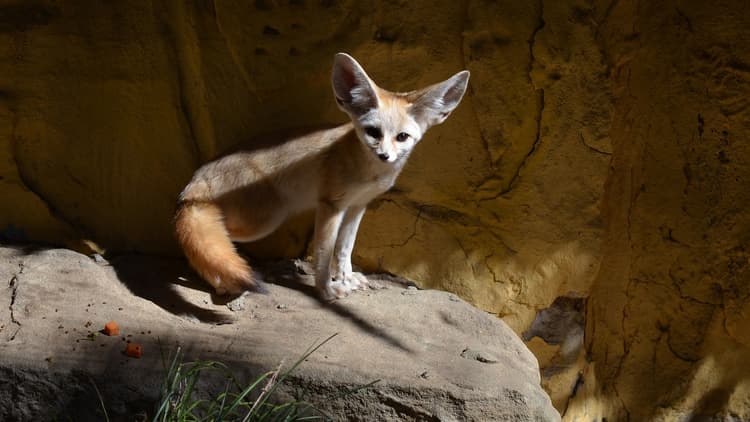Myths about teaching can hold you back
- Year 10
- Edexcel
- Higher
Competition and adaptations in ecosystems
I can describe what plants and animals compete for, and consider how adaptations help organisms to survive and compete in their environment.
- Year 10
- Edexcel
- Higher
Competition and adaptations in ecosystems
I can describe what plants and animals compete for, and consider how adaptations help organisms to survive and compete in their environment.
These resources were made for remote use during the pandemic, not classroom teaching.
Switch to our new teaching resources now - designed by teachers and leading subject experts, and tested in classrooms.
Lesson details
Key learning points
- Organisms compete for resources such as food, water, space, shelter, light, mates, pollinators and seed dispersers.
- The populations of species within a community are interdependent (they rely upon and affect one another).
- Organisms have adaptations that help them survive and compete in their environment.
- Adaptations can be physiological, structural or behavioural.
- Extremophiles are adapted to live in extreme environments, e.g. high salt concentration or very high or low temperature.
Keywords
Competition - Competition is when organisms in a community or population are seeking the same limited resource (e.g. food, mates).
Adaptation - An adaptation is a feature that organisms have to help them live in a particular place.
Physiological - Physiological adaptations are body processes that help an organism to survive and reproduce.
Microorganism - A microorganism is an organism that can only be seen using a microscope.
Extremophile - Extremophiles are organisms that are able to successfully survive and reproduce in extreme environments (e.g. very hot/very cold).
Common misconception
That organisms are able to quickly adapt to the place where they live.
Referring to inheritance, explain that changes to organisms take time to evolve - responses to any environmental change is not instant. In some organisms, where reproduction is slow, responses can be too slow to avoid extinction.
To help you plan your year 10 biology lesson on: Competition and adaptations in ecosystems, download all teaching resources for free and adapt to suit your pupils' needs...
To help you plan your year 10 biology lesson on: Competition and adaptations in ecosystems, download all teaching resources for free and adapt to suit your pupils' needs.
The starter quiz will activate and check your pupils' prior knowledge, with versions available both with and without answers in PDF format.
We use learning cycles to break down learning into key concepts or ideas linked to the learning outcome. Each learning cycle features explanations with checks for understanding and practice tasks with feedback. All of this is found in our slide decks, ready for you to download and edit. The practice tasks are also available as printable worksheets and some lessons have additional materials with extra material you might need for teaching the lesson.
The assessment exit quiz will test your pupils' understanding of the key learning points.
Our video is a tool for planning, showing how other teachers might teach the lesson, offering helpful tips, modelled explanations and inspiration for your own delivery in the classroom. Plus, you can set it as homework or revision for pupils and keep their learning on track by sharing an online pupil version of this lesson.
Explore more key stage 4 biology lessons from the Living organisms and their environments unit, dive into the full secondary biology curriculum, or learn more about lesson planning.

Equipment
None required.
Licence
Prior knowledge starter quiz
6 Questions
Q1.What is it called when an animal's colour or pattern helps it blend into its surroundings?

Q2.Some animals travel from one habitat to another at different times of year. Other animals spend the cold winter months in hibernation. These are both examples of adaptations.

Q3.Which of the following could increase biodiversity?
Q4.Which of these factors are biotic?
Q5.Match the ecological term with its definition.
all of the populations that live and interact in a habitat
the place where an organism lives
the interacting living and non-living parts of the environment
how organisms rely on each other for their survival
Q6.The gorse plant has small leaves and sharp spines. How do these features help the gorse plant to survive in their dry sandy habitats?

Assessment exit quiz
6 Questions
Q1.What do we call organisms that you can only see with a microscope?
Q2.What is an extremophile?
Q3.Match the examples of adaptations with the type of adaptation that they represent.
animals hunting at night time to avoid being eaten by predators
leaves of a cactus being modified into spines
producing venom to paralyse and/or kill prey
Q4.What is the name given to the process of organisms seeking the same limited resource (e.g. food) within a habitat?
Q5.In which of the following places might you be more likely to find an extremophile?
Q6.Look at the picture of the fennec fox. It has a structural adaptation of having big ears. The fennec fox lives in the desert. How might this adaptation help the fennec fox to survive in its habitat?



